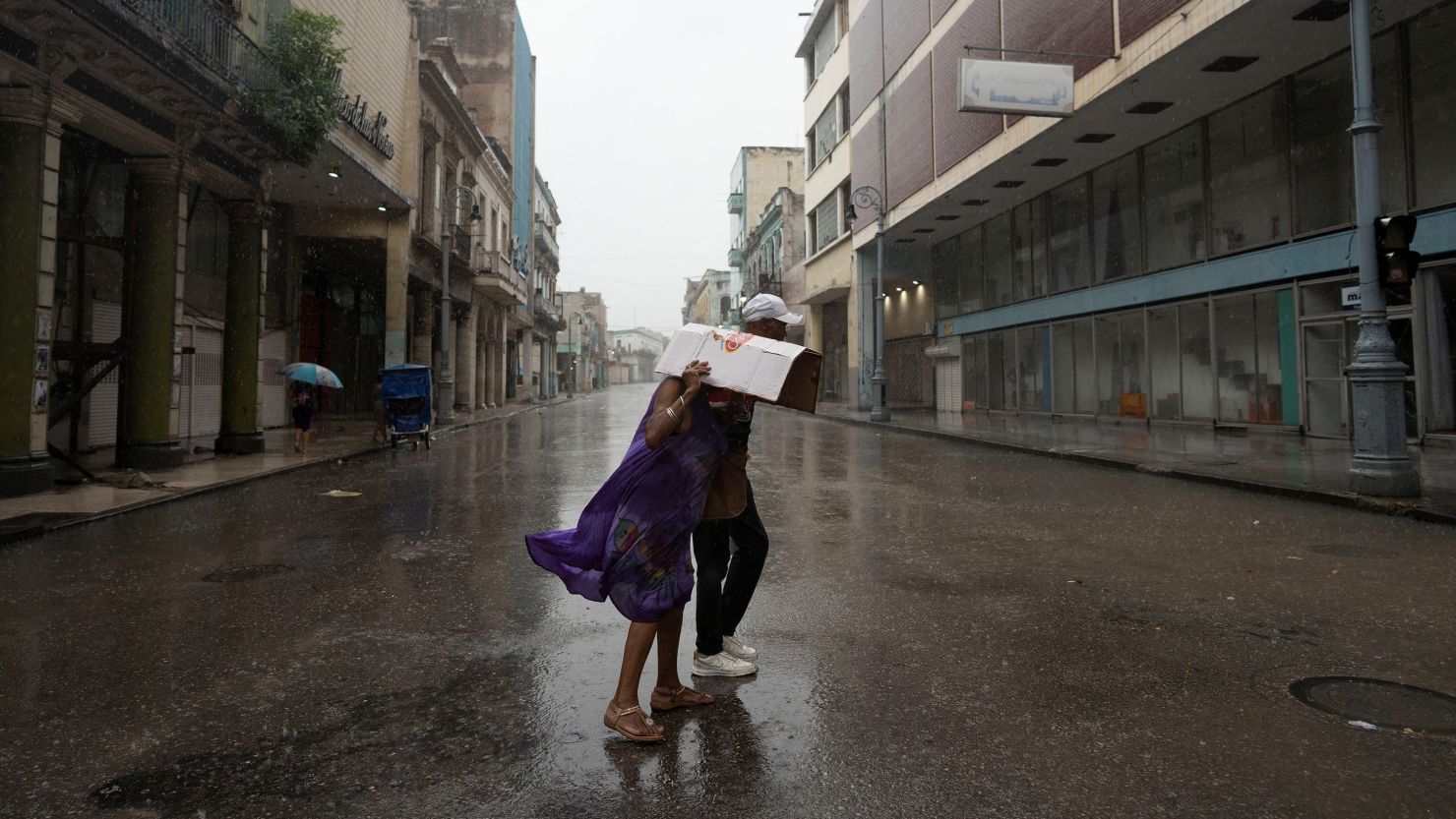
HAVANA, Nov 7 (NNN-AGENCIES) — Hurricane Rafael slammed into Cuba as a Category 3 hurricane Wednesday afternoon before losing some strength as it passed over the island and entered the Gulf of Mexico.
The hurricane, which caused the island’s power grid to crash, is the fifth major hurricane of the year in the Atlantic and the strongest this late in the year since 2020.
The storm’s winds strengthened from 60 mph to 115 mph from Tuesday afternoon to Wednesday afternoon, an increase well over the 35 mph needed for rapid intensification. As Rafael moved over Cuba, it weakened slightly to a Category 2 hurricane, with 105 mph maximum sustained winds.Ad Feedback
Rapid intensification is happening more frequently as the atmosphere and oceans warm due to fossil fuel pollution; Rafael is the ninth storm to rapidly intensify in the Atlantic basin this year.
After it tears through the Caribbean, the hurricane is expected to face some serious resistance in the Gulf of Mexico and could make landfall as a much weaker storm this weekend anywhere from the US Gulf Coast to northeastern Mexico.
What, if any, threat Rafael poses to the Gulf Coast is still unclear but it is coming into better focus, and a more confident forecast will be possible as the storm churns over the waters of the southeast Gulf of Mexico on Wednesday evening and Thursday.
Rafael’s threat to Cuba is clear: It’s delivering a devastating blow as the first Category 3 hurricane to hit the country since Ian in 2022.
Heavy rain from the hurricane was spreading across Cuba and will deluge the country into Thursday. Up to 12-inch rainfall totals are possible. Hurricane-force winds will batter the western part of the country through the evening.
Thousands of people in the western Artemisa province have been evacuated from coastal zones, officials said on state TV before landfall. Rafael’s core came ashore just east of Playa Majana in the province.
The national electric system collapsed due to strong winds as Rafael approached the island, government officials said.
“We had several trips of the load of the system in the western zone that caused oscillations in the frequency of the system and caused it to collapse completely,” Félix Estrada Rodríguez, the director of the national dispatch of the Electric Union, told state television. Officias will wait until the effects of the hurricane end in the western part of the island to begin to re-establish the service.
The Cuban civil defense has placed western and central provinces under a state of alarm, urging people there to limit their movement. The normally bustling streets of Havana were largely emptied on Wednesday afternoon.
While the center of the storm passed west of Havana, one wind gust in the capital reached 93 mph while another at the international airport was measured at 71 mph, according to the National Hurricane Center.
This is the second blow from a hurricane in Cuba in recent weeks. Hurricane Oscar walloped Cuba in late October, killing at least seven people. The country’s power grid is also vulnerable and has collapsed multiple times, including when Oscar hit in October.
Rafael is the strongest hurricane to roam the northwestern Caribbean in November since 2009, according to data from the NOAA.
It’s forecast to become only the fifth hurricane to roam the Gulf of Mexico in November since 1966, according to hurricane expert Michael Lowry.
Rafael could still become the sixth named storm to slam into the US this season, but the areas at risk are gradually being narrowed down.
Earlier in the week, forecast models depicted very different possible paths for Rafael, but these models have started to converge on a solution. Instead of a steady track to the northwest over the Gulf and a landfall along the northern Gulf Coast, two major forecast models are more consistently showing a significant shift to the west. — NNN-AGENCIES






